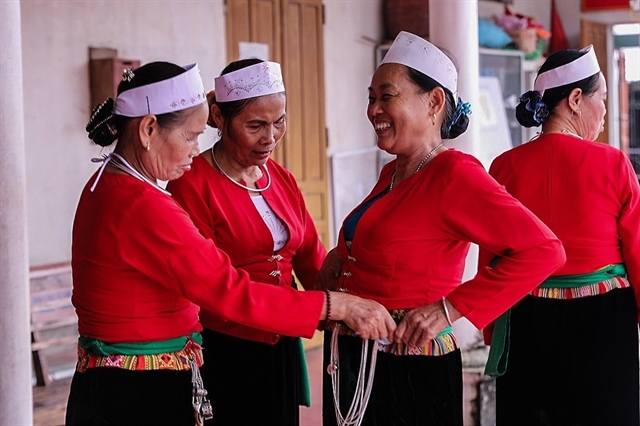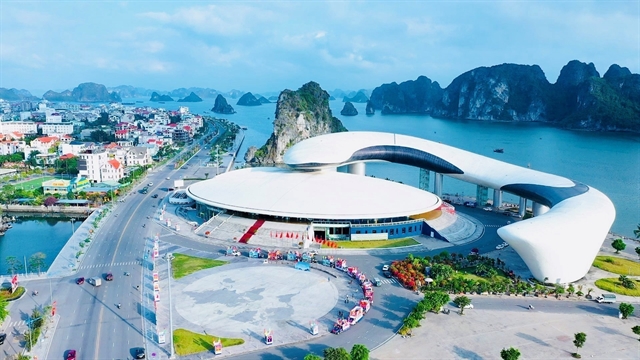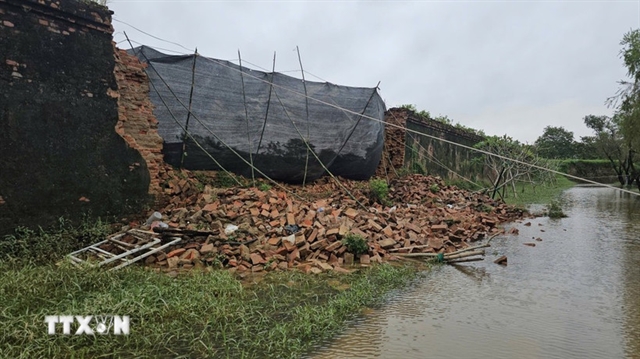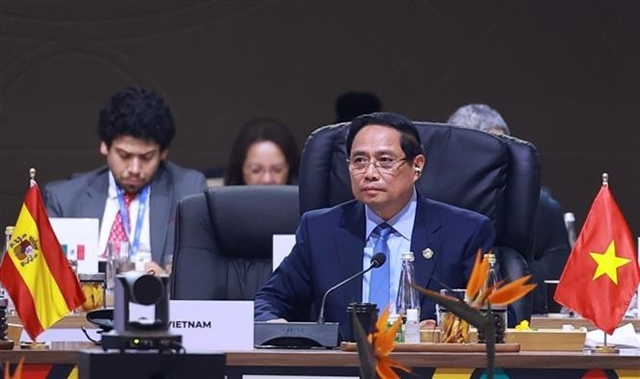 Life & Style
Life & Style


|
| A view of Hạ Long City, Quảng Ninh Province. — VNA/VNS Photo |
QUẢNG NINH — Officials participating in the 17th General Assembly of the East Asia Inter-Regional Tourism Forum (EATOF 17) have agreed to step up the opening of direct air routes linking Việt Nam’s northern province of Quảng Ninh, famed for Hạ Long Bay, with some foreign member localities of this forum.
The agreements were reached during bilateral meetings between Quảng Ninh and foreign officials within the EATOF 17 framework, which is taking place in Hạ Long City of the Vietnamese province from October 25 to 27.
Talking to local officials, Governor of the Republic of Korea’s Gangwon province Kim Jin-tae expressed his hope for stronger cooperation on the basis of the two sides’ potential and similarities.
He suggested opening an air route connecting Vân Đồn International Airport of Quảng Ninh with Yangyang International Airport of Gangwon, and enhancing ties in developing tourism products, promoting tourism, and training human resources for the sector.
Welcoming the recommendations, Chairman of the Quảng Ninh People’s Committee Nguyễn Tường Văn said his province will provide the best possible conditions for the two sides to study and open the Vân Đồn - Yangyang air route, create tourism products based on the provinces’ advantages, and further attract Quảng Ninh and Gangwon visitors to each other’s destinations.
At another meeting, Vân and Governor of Mongolia’s Tuv province Munkhbaatar Demberel agreed to bolster partnerships in tourism promotion, product development, and opening of an air route between Quảng Ninh and Tuv.
The Mongolian province also hoped to exchange experience in agricultural development with the Vietnamese side.
At other bilateral sessions, Quảng Ninh and other foreign member localities of the EATOF also concurred in boosting relations in several areas, including opening direct air routes linking the province with Luang Prabang (Laos), Siem Reap (Cambodia), Sarawak (Malaysia), and Cebu (the Philippines); increasing cultural exchanges and the connection of heritage sites in the region; designing tours of their places of interest; and attracting visitors to each other’s destinations. — VNS




